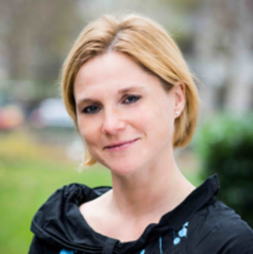
Dr Caren Norden
Instituto Gulbenkian de Ciência, Lisbon
- 13:30
- Monash University, Clayton Campus, G19 Seminar Room, Ground Floor, 15 Innovation Walk
- Dr Alberto Roselló-Díez
Abstract
One important question in developmental neurobiology is how collective cell behaviour ensures the reproducible formation of a healthy and functional brain. We explore this question using the vertebrate retina as a model tissue, the part of the central nervous system dedicated to transmit visual information from the environment to the brain. The mature retina consists of five main types of neurons in defined laminae giving the whole organ a structured appearance. This neuronal lamination pattern is strikingly conserved between vertebrates including humans. A recent focus of our work is to understand how this laminated structure arises reproducibly. In the retina, in contrast to other parts of the brain, growth and neuronal lamination occur in parallel. This means that proliferation and neuronal migration need to be coordinated to ensure the continued generation of progenitors while at the same time enable neuronal positioning. Using long term imaging by light sheet microscopy in combination with quantitative image analysis we explore the interplay of these phenomena for different neuronal cell types. I will focus on neurons that undergo novel modes of bidirectional migration that depend on different mechanisms for final neuronal positioning.
Overall, the understanding the positioning of different neuronal cell types in the context of general tissue development will contribute to detangle the complex, multi-scale event of retinogenesis. This in turn will generate insights on the reproducible generation of complex organs including the brain.
